Present status, future outlook
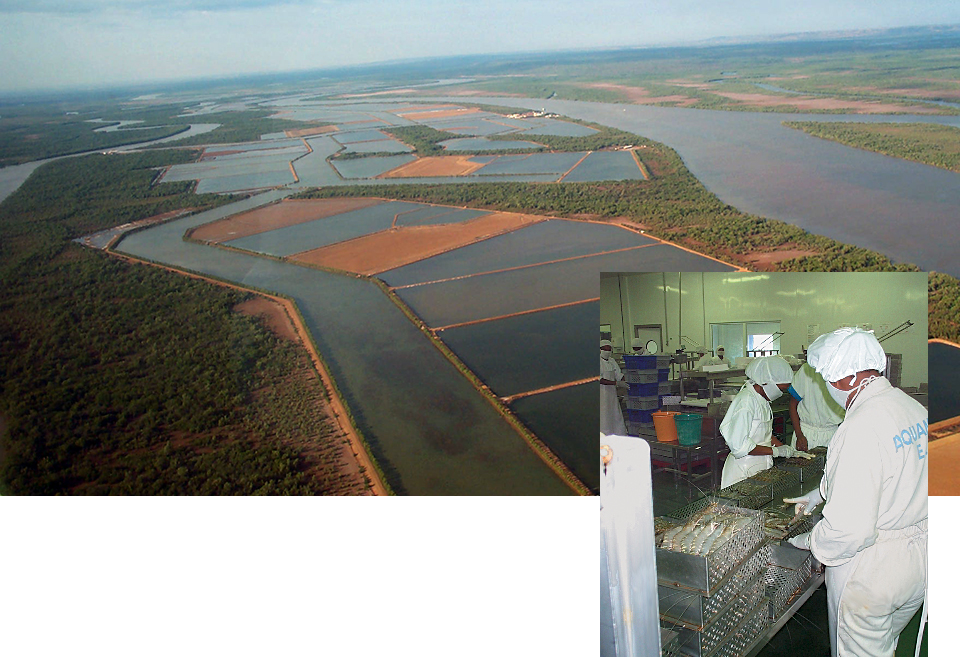
Sometimes called a continent-island because of its unique fauna and flora, Madagascar is the fourth-largest island in the world. With an area of 587,000 square km and 4,800 km of coastline, it is located in the southwestern Indian Ocean about 400 km off eastern Africa. Several penaeid shrimp species are commercially caught in Madagascar waters, with P. indicus and P. monodon the most abundant. In addition, black tiger shrimp (P. monodon) are currently farmed in Madagascar.
Since 1987, several large areas – mostly in the northern part of the country – have been selected for shrimp farm development by experts from the Food and Agriculture Organization (FAO) of the United Nations. The local government, FAO, and PNB (a private company) started a pilot farm on the island of Nosy Be to evaluate the technical and economical feasibility of shrimp farming. Excellent results obtained there led to the construction of Aqualma, a commercial farm, in 1993.
There are now four fully operational shrimp farms in Madagascar, and two new ones will begin operations in 2002, bringing the total pond area to 1,660 ha. Production in 2001 was 5,580 mt, with future growth projected (Table 1). Shrimp farming is an important economic activity in Madagascar, providing employment to many people and vital hard currency through exports.
Autrand, Shrimp farm area, Table 1
| Farm | Surface 2001 (ha) | Production 2001 (mt) | Surface 2005 (ha)* | Production 2005 (mt)* |
|---|---|---|---|---|
| Aqualma 1 | 675 | 3,200 | 675 | 3,200 |
| Aqualma 2 | 260 (new) | 0 | 1,000 | 4,600 |
| Aquamen | 183 | 1,200 | 250 | 1,500 |
| Aquamas | 250 | 900 | 500 | 3,000 |
| Somaqua | 112 | 580 | 200 | 1,000 |
| LGA | 180 (new) | 0 | 1,040 | 4,800 |
| Biomad | 0 | 0 | 200 | 600 |
| Total | 1,660 | 5,880 | 3,725 | 18,700 |
Table 1. Shrimp farm area, production in Madagascar.
Farm locations
Most potential sites for future shrimp farming are located on the western coast of Madagascar, on large, flat, and relatively bare salt marshes called “tannes.” Positioned behind mangrove forests at the upper limit of the intertidal zone, along estuaries or river tributaries, tannes often have clay-type soils and are very suitable sites for shrimp ponds. This coast also has suitable climate conducive to the production of two crops per year.
Limited infrastructure
The main constraint to shrimp-farming development on the island is its limited local infrastructure. Most sites are very isolated, and companies need to implement strong logistic infrastructure to support any project, which generally involves significant capital investment. This is the main reason why, until now, only industrial-type shrimp farms have developed in Madagascar.
Farm operations
A typical shrimp farm generally includes a camp for several hundred workers; housing for the technicians, supervisors, and managers; a processing plant; a jetty and crane, and often an airfield. Many times, a new village appears in the vicinity for the families of workers and other people attracted by the project.
Madagascar’s shrimp farms can be generally classified into two types: semiextensive (following the Latin American model) and intensive (resembling the Asian development model).
Semiextensive farms
The semiextensive farms are typically based on large, 5-10 ha ponds, with 15-20 percent daily water exchange, daily feeding, and no aeration. Stocking density is less than 10 juveniles per m2, as a nursery phase in ponds is generally used. The four farms (including those now coming on line) using this technology comprise about 1,200 ha of ponds. Head-on yields range 3.5-5 metric tons (MT) per hectare per year based on two annual crops.
Intensive farms
Madagascar’s intensive farms use smaller ponds of 1-3 ha with mechanical aeration that ranges from 4-10 horsepower per hectare. Aeration allows stocking densities up to 20 juveniles per m2, but the maximum authorized harvest biomass is 500 grams per m2. Daily water exchange is 10-25 percent. Two farms (430 ha total) currently use this technology, with yields of 3.6-7 MT per hectare per year.
Seedstock
All companies have hatcheries, with typical annual production of 100-300 million postlarvae. One company has successfully developed a broodstock farm and is proceeding with a genetic-selection program.
Feeds
Currently all shrimp feed is imported, mainly from Taiwan, Mauritius, and the Seychelles. The Aqualma-Unima Group farm intends to set up a shrimp feed plant in 2002 through a joint venture with a well-known company already involved in this sector.
Processing and marketing
Several packing plants currently operate in Madagascar. All comply with the sanitary norms of the main importing countries in Europe and Japan, and several follow strict specifications imposed by specific clients. The differences between the local product and the Asian black tiger include taste and texture, which are very important for some European consumers. Lower-density rearing and other factors make Madagascar’s farmed shrimp a desired product.
Responsible practices
The government, international financial institutions, and several private companies are trying to steer Madagascar’s shrimp-farming development in a sustainable direction. Between 1998 and 2001, a master plan was prepared and a codes of practice largely based on Global Aquaculture Alliance recommendations was produced.
The objectives were to identify the shrimp-farming potential while considering all possible environmental and social issues, and recommend reasonable technical solutions and good management practices for successful project development. All partners involved in local shrimp farming are fully convinced that the only sustainable, long-term approach must be based on the maintenance of environmental integrity and total exclusion of foreign shrimp species and pathogens.
Conclusion
An important shrimp-farming industry has developed in Madagascar in recent years. Most producers devote significant effort to promote quality over quantity, to preserve the distinct characteristics of the Madagascar black tiger shrimp. Because of its isolated geography, far from other shrimp-farming countries, Madagascar is still disease-free, but producers know that one day they may have to face disease issues.
Based on the country’s master aquaculture plan recommendations and application of its codes of practice, the producers association (Groupement des Aquaculteurs et Pêcheurs de Crevettes de Madagascar) plans to preserve the current sanitary status of the country as long as possible. It will also be important to develop a health and sanitary survey of wild and captive shrimp populations through the pathology laboratory jointly supported by the industry. Finally, shrimp domestication is another priority that has already been undertaken by one company.
(Editor’s Note: This article was originally published in the February 2002 print edition of the Global Aquaculture Advocate.)
Now that you've reached the end of the article ...
… please consider supporting GSA’s mission to advance responsible seafood practices through education, advocacy and third-party assurances. The Advocate aims to document the evolution of responsible seafood practices and share the expansive knowledge of our vast network of contributors.
By becoming a Global Seafood Alliance member, you’re ensuring that all of the pre-competitive work we do through member benefits, resources and events can continue. Individual membership costs just $50 a year.
Not a GSA member? Join us.
Authors
-
Dr. Michel Autrand
Aquaculture Specialist
127 Avenue de Peyre Grosse
34980 Saint Clément de Rivière, France
Fax (33) 4 67 67 00 12[114,102,46,111,111,100,97,110,97,119,64,100,110,97,114,116,117,97,46,108,101,104,99,105,109]
-
Bertrand Coûteaux
Executive Secretary
Groupement des Aquaculteurs et Pêcheurs de Crevettes de Madagascar[103,109,46,115,116,100,64,109,99,112,97,103]
Tagged With
Related Posts
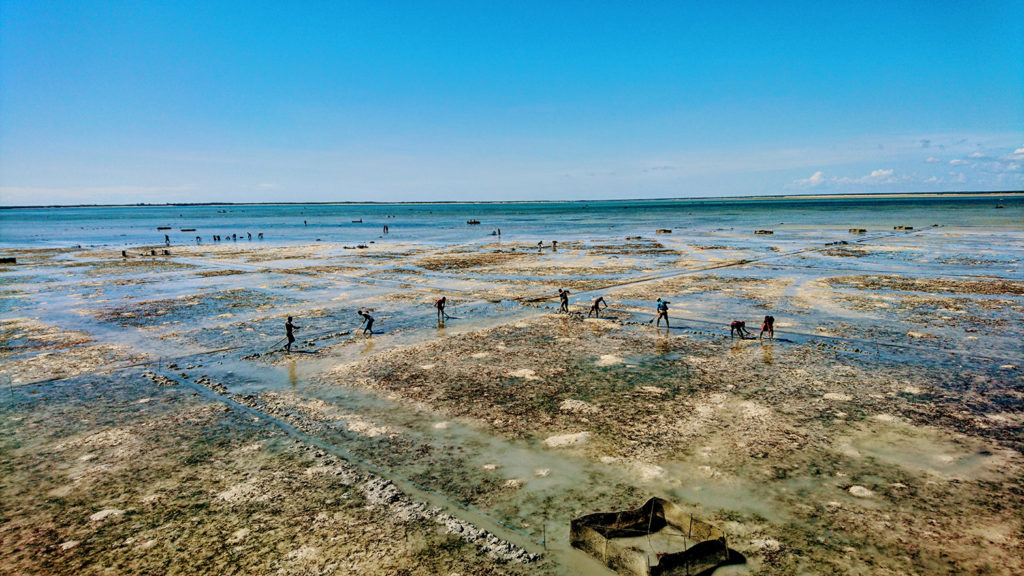
Responsibility
Sea cucumber project redefining traditional farming in Madagascar
Farming sea cucumbers – known as sea slugs in China – is changing people’s lives, giving rural workers in Madagascar a potential pathway out of poverty.
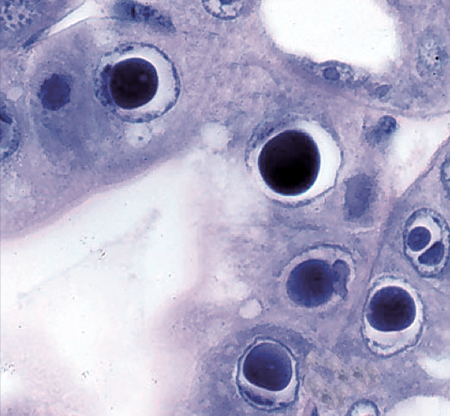
Health & Welfare
Genetic diversity of HPV parvovirus
Hepatopancreatic parvovirus is linked to growth retardation in shrimp. In a study, the genomic sequences of HPV from Madagascar and Tanzania were compared to those from Australia, Thailand and Korea.
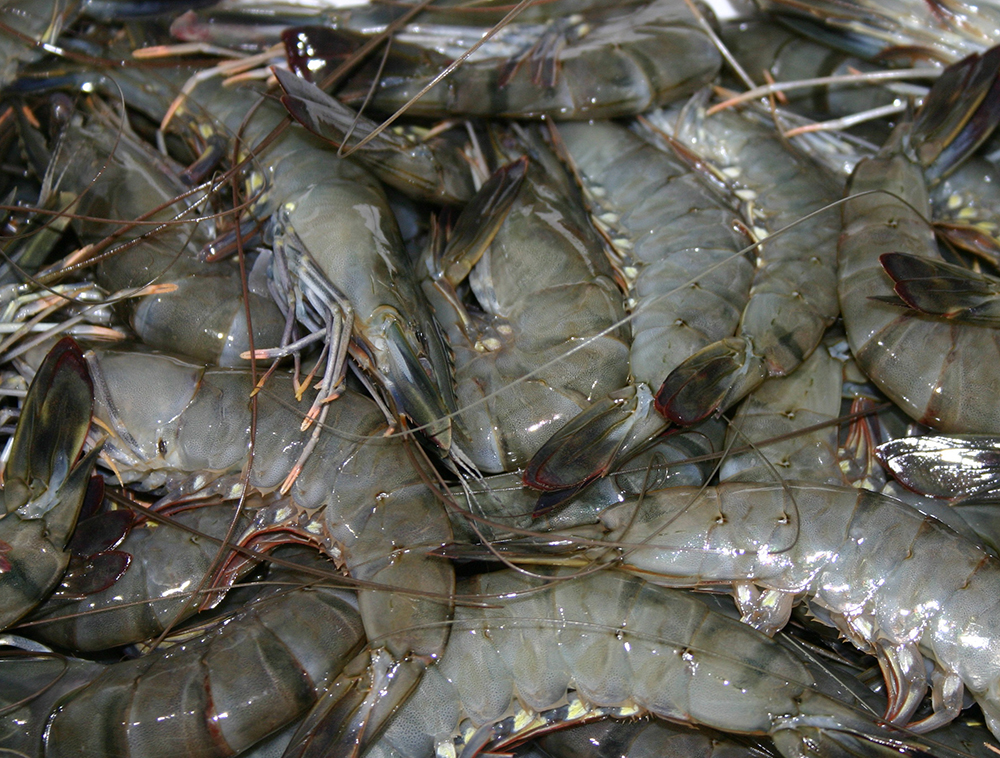
Intelligence
The proper use of brine to freeze shrimp, part 2
Brine freezing of shrimp at processing plants requires much less energy than other traditional methods. Brine freezing systems are not complex but require attention to detail during the entire production process.
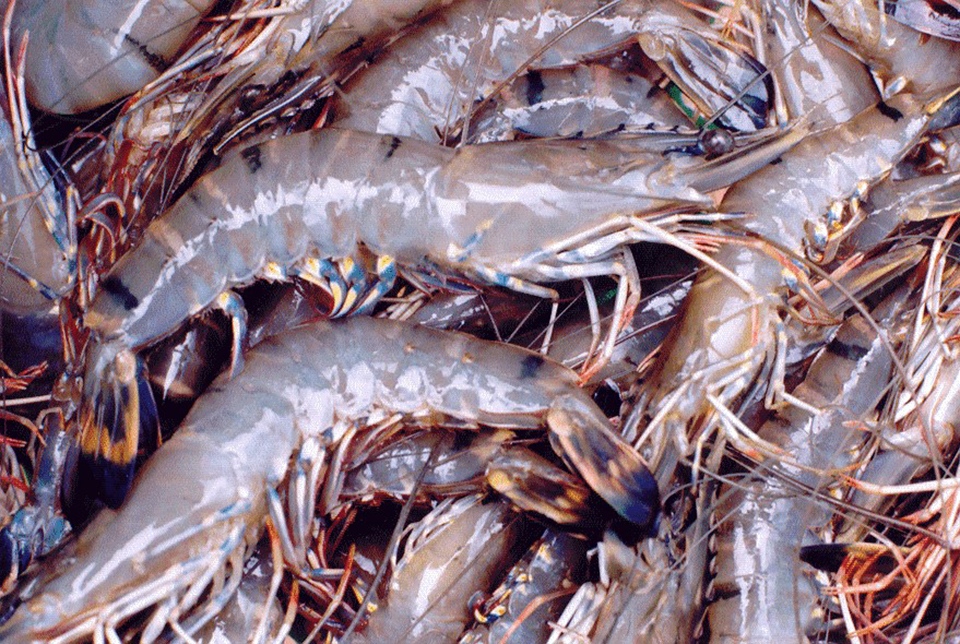
Health & Welfare
The microsporidium <i>Perezia</i> sp. and cotton shrimp disease
Study analyzes samples of microsporidia-infected shrimp in Madagascar, Mozambique and Saudi Arabia and with clinical signs of cotton shrimp disease.


